Expansion of Consumer Electronics
The consumer electronics sector is experiencing a notable expansion, which significantly impacts the optical coatings market. With the proliferation of smartphones, tablets, and smart home devices, the demand for high-quality displays has intensified. Optical coatings play a crucial role in enhancing display performance by reducing glare and improving light transmission. In 2025, the consumer electronics segment is expected to account for over 30% of the optical coatings market, driven by innovations in display technologies such as OLED and LCD. As manufacturers strive to deliver superior visual experiences, the need for advanced optical coatings that can withstand wear and tear while maintaining clarity is likely to drive growth in the optical coatings market.
Growing Demand in Healthcare Sector
The healthcare sector's increasing reliance on advanced optical technologies is a pivotal driver for the optical coatings market. With the rise of diagnostic imaging and surgical instruments, the need for high-performance optical coatings has surged. For instance, optical coatings are essential in medical devices such as endoscopes and surgical microscopes, enhancing image clarity and precision. The optical coatings market in this sector is projected to grow at a CAGR of approximately 8% from 2025 to 2030, reflecting the sector's robust expansion. As healthcare providers seek to improve patient outcomes through enhanced imaging technologies, the demand for specialized coatings that offer anti-reflective and anti-fog properties is likely to increase, further propelling the optical coatings market.
Advancements in Aerospace and Defense
The aerospace and defense sectors are witnessing rapid advancements, which are driving the optical coatings market. The demand for high-performance optical components in applications such as avionics, surveillance systems, and military optics is increasing. Optical coatings are critical in these applications, providing anti-reflective and protective properties that enhance performance in challenging environments. The U.S. defense budget for 2025 indicates a focus on modernization and technological upgrades, which could lead to a projected growth of 5% in the optical coatings market within this sector. As the aerospace and defense industries continue to innovate, the need for specialized optical coatings that meet stringent performance standards is likely to expand, further influencing the optical coatings market.
Rising Focus on Automotive Technologies
The automotive industry is increasingly integrating advanced optical technologies, which serves as a key driver for the optical coatings market. With the rise of smart vehicles and advanced driver-assistance systems (ADAS), the demand for high-quality optical components is growing. Optical coatings are essential for enhancing the performance of sensors, cameras, and displays in modern vehicles. The automotive segment is expected to contribute significantly to the optical coatings market, with projections indicating a growth rate of around 6% through 2030. As manufacturers prioritize safety and performance, the need for innovative optical coatings that improve visibility and reduce glare is likely to propel the optical coatings market.
Increased Investment in Renewable Energy
The renewable energy sector's growth is emerging as a significant driver for the optical coatings market. Solar energy applications, particularly photovoltaic cells, require specialized optical coatings to enhance light absorption and improve efficiency. The U.S. solar market is projected to grow by over 20% annually, leading to increased demand for optical coatings that optimize performance. These coatings are essential for maximizing energy conversion rates in solar panels, thereby supporting the transition to sustainable energy sources. As investments in renewable energy continue to rise, the optical coatings market is likely to benefit from the heightened need for innovative coatings that enhance the efficiency and durability of solar technologies.


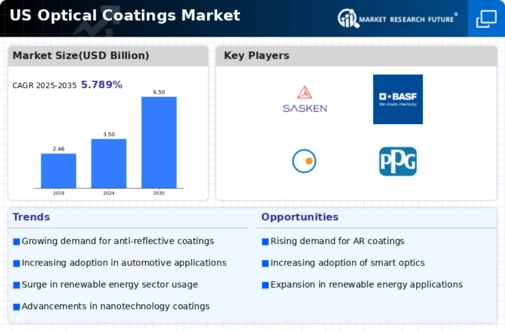
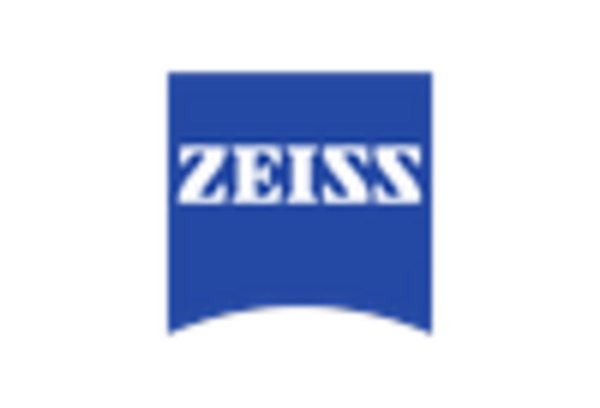
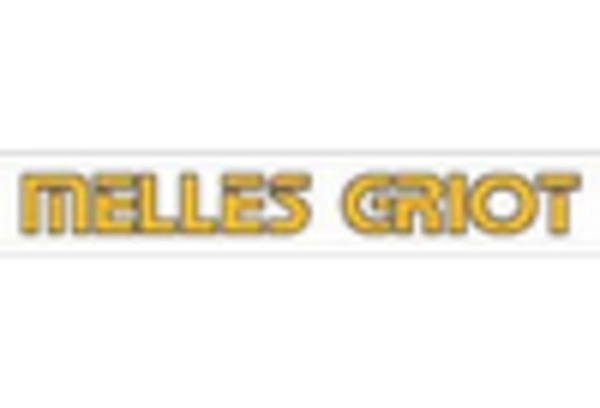
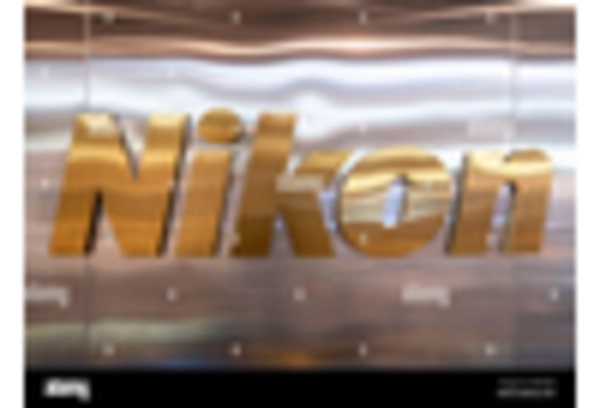

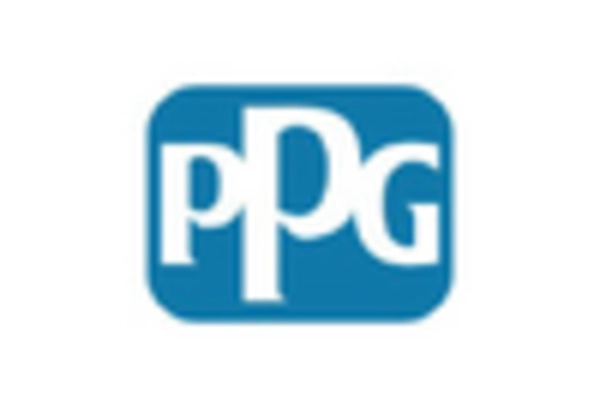
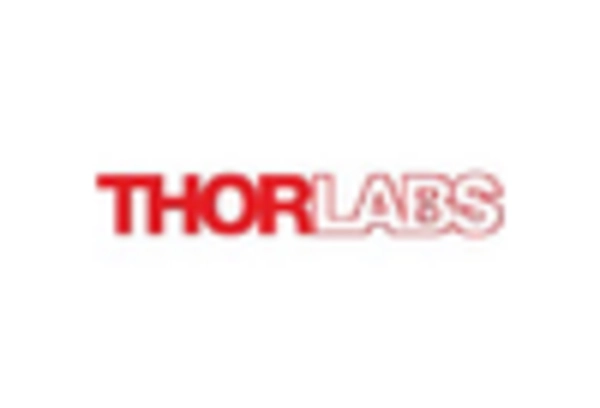








Leave a Comment